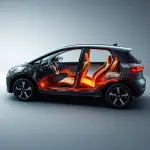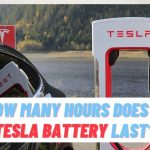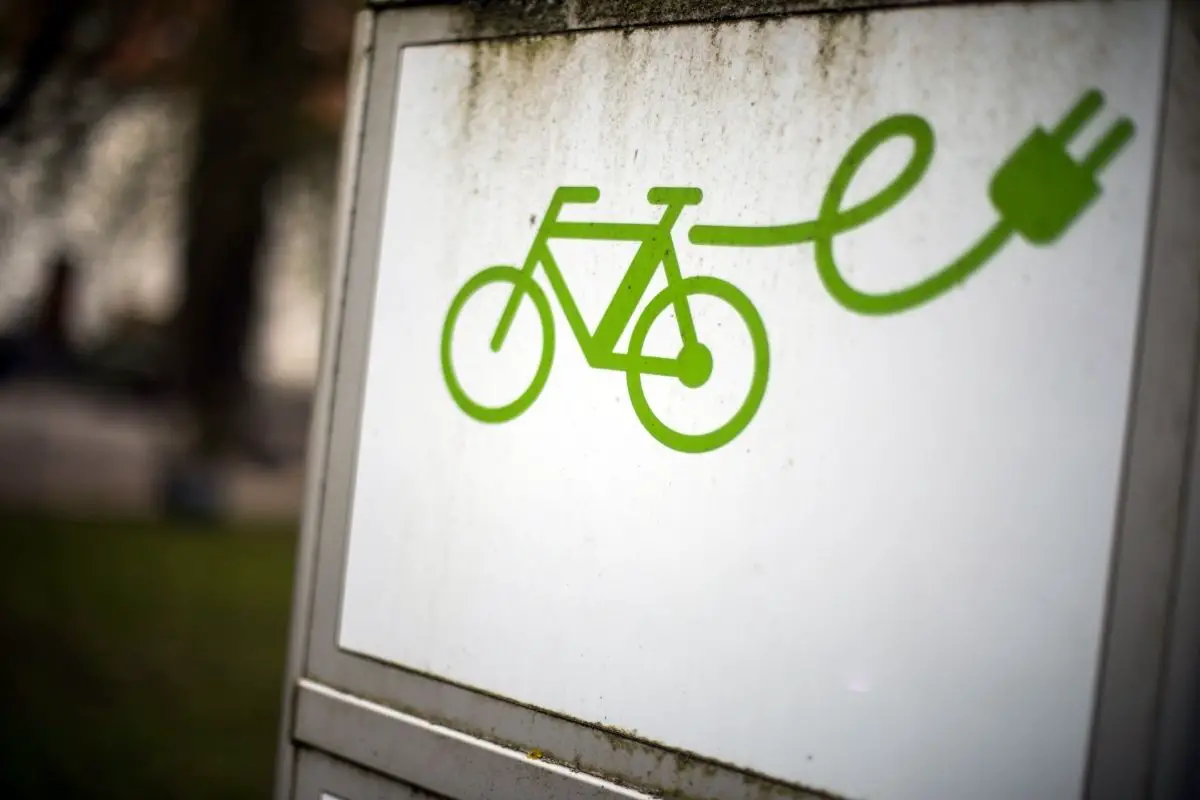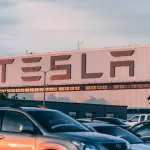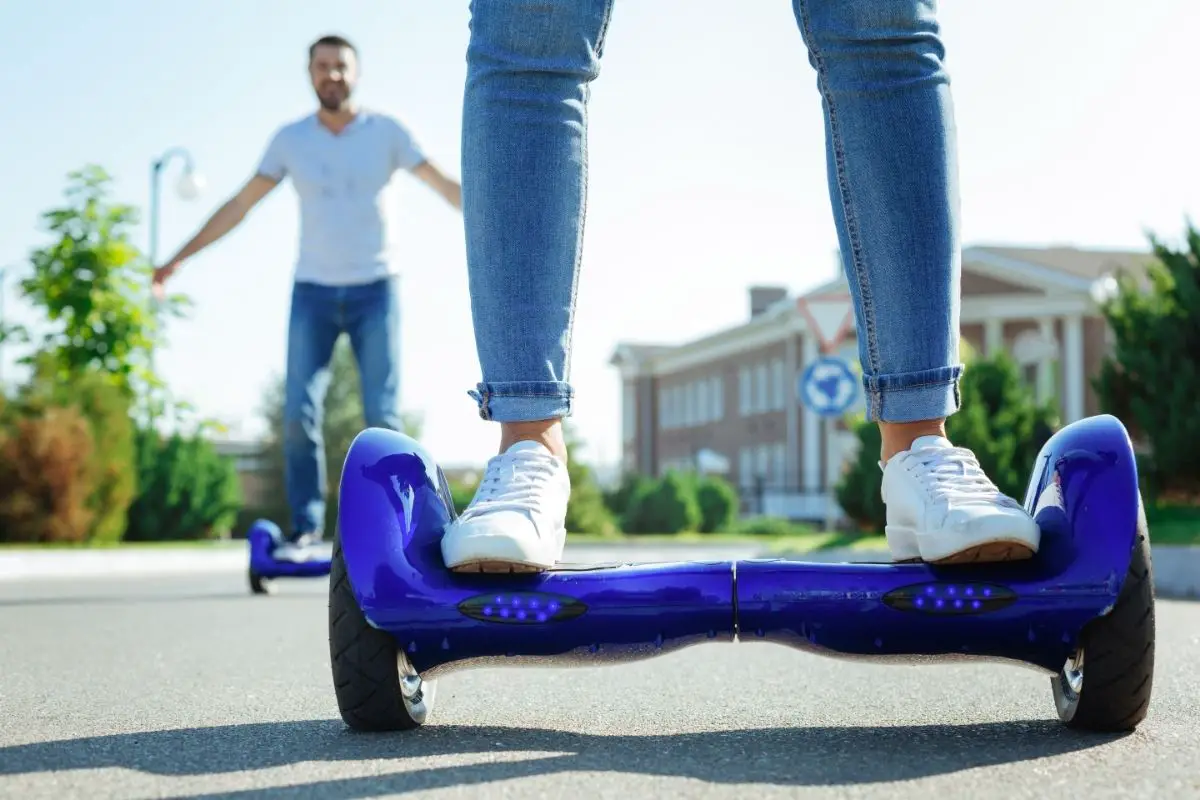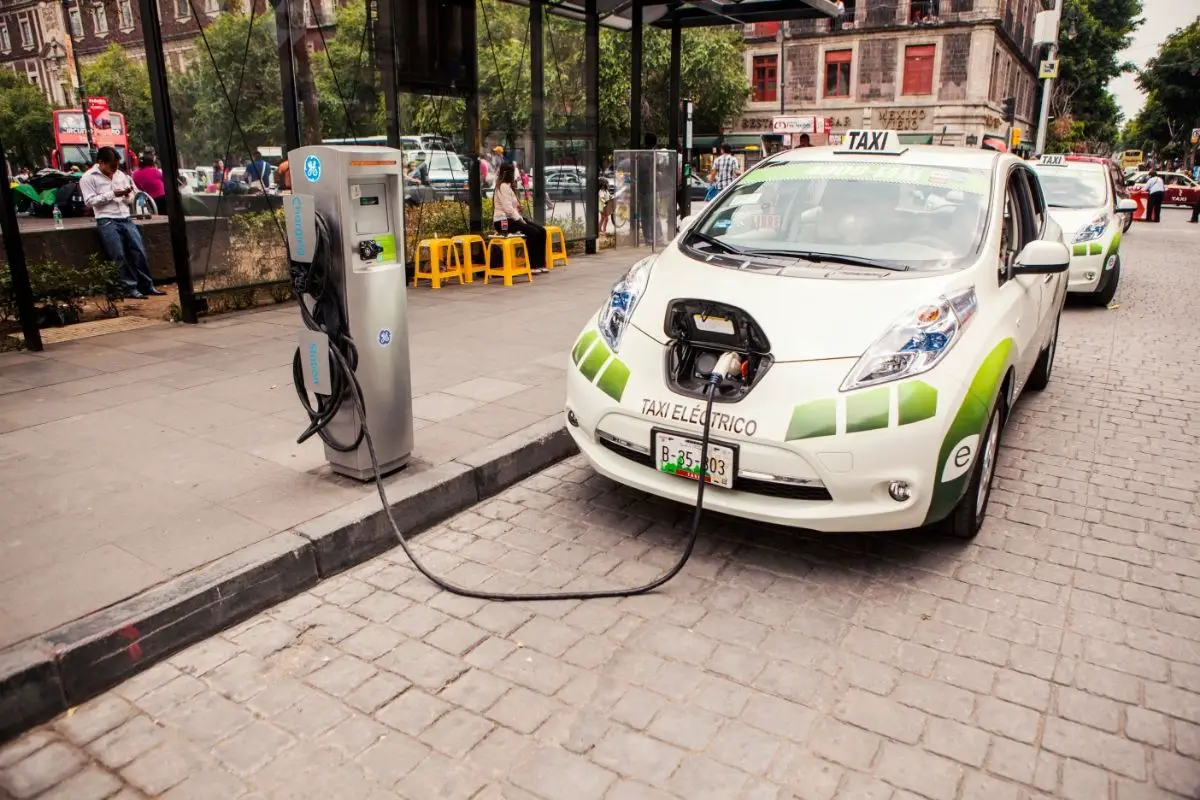Last Updated on March 18, 2022 by
If you are new, proud owners of a Tesla then you are going to need to do your research about owning this amazing, zero-emission mode of transport – and a huge question that comes up again and again is related to charging your Tesla.
How can you charge your Tesla and how long does it take?
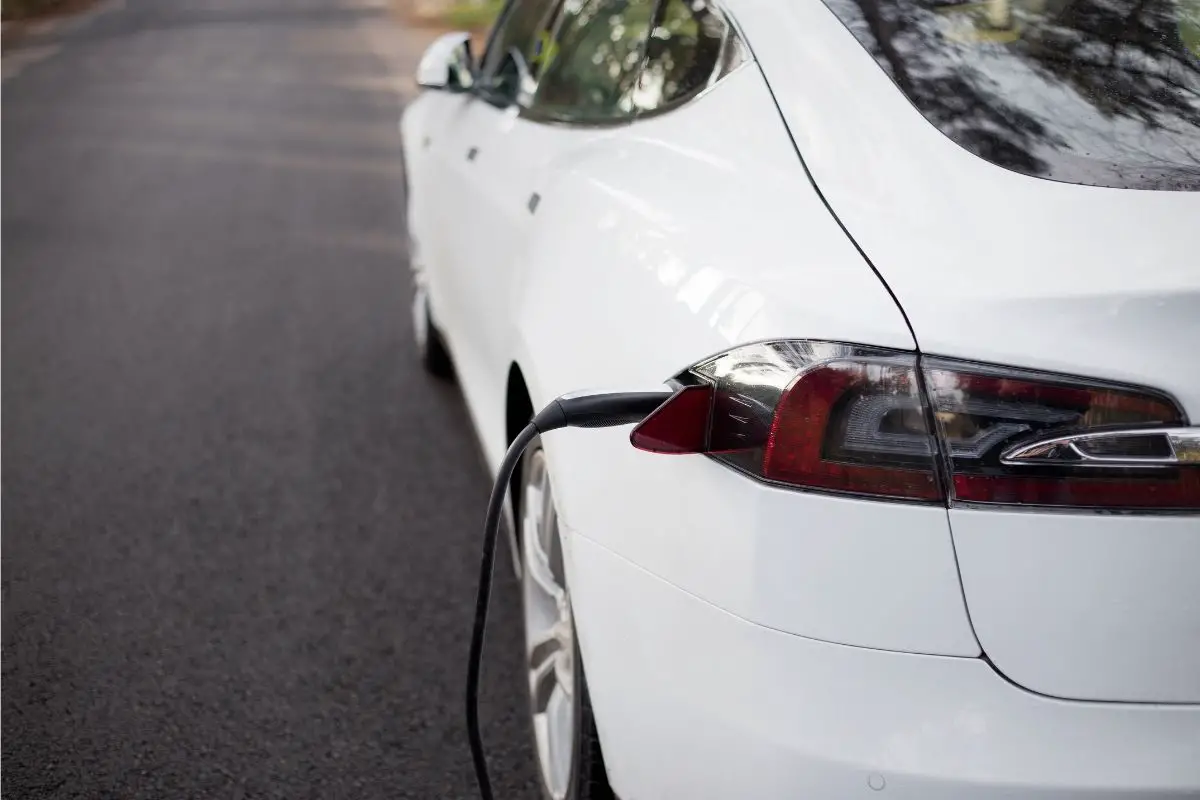
Here we are going to be about charging Teslas, the methods available to you and how long each method takes. This way, you can find out how to charge your Tesla in the most convenient way for you so you can use your Tesla with full confidence.
Tesla Charging Methods
When it comes to charging your Tesla, you need to know how you can charge up the battery. It turns out that there are actually more than just one method available to you, but how many and which one is the fastest? Let’s take a closer look at the main Tesla charging methods.
What Are The Charging Options For A Tesla?
There are three different charging options available for Teslas. Each has its own virtues and drawbacks that we will go into detail later on, but here are the main three charging options available for all Tesla users:
The first is known as Level 1 charging at a rate of 120 volts and uses home outlets.
The second is Level 2 at 240 volts which is accessed using wall connectors or found at wireless Tesla charging stations.
The third is Level 3 at 480 volts but is also known as Supercharging or DC fast charging.
Can You Charge A Tesla With A Regular Outlet?
Yes, you can! This is what the Level 1 charging method does to charge up a Tesla. All you have to do is plug your Tesla into a regular outlet found around your home to begin charging the Tesla’s battery. Alternatively, just plug it into a regular outlet found anywhere to begin charging it up!
What Is The Difference Between A Tesla Destination Charger And A Supercharger?
Destination chargers are often mixed up with Superchargers when in reality, they are different. There are three main differences between Tesla Superchargers and Destination chargers. While both are great ways to charge up your Tesla, they are ultimately very different in location, price, and speed.
Basically, Tesla Superchargers are dedicated charging stations built for Teslas while Destination chargers are installed at places with high amounts of traffic like hotels and restaurants.
Superchargers will also charge your Tesla’s battery up sooner than a Destination charger, but they also do charge more so this also makes them the more expensive option.
Also, Destination chargers are Level 2 while Superchargers are Level 3, hence the difference in speed and price.
Tesla Batteries And Chargers
Of course, how fast a Tesla takes to fully charge is not just dependent on the method you choose – it also depends on the Tesla itself, or more specifically, its battery.
Which Tesla Model Charges The Fastest?
The fastest charging Tesla model is the 2019 Tesla Model 3. It outstrips even its newest 2021 model, and both models are faster at charging than the Model S and also have more range.
So for a faster charging Tesla, you should choose the 2019 Tesla Model 3 but the difference is so minimal between the two that you should also take into consideration the other advantages on offer with the newer Model 3 models, including the faster acceleration.
In reality, there are other factors like the chargers that play a huge role in just how fast it takes for a Tesla to charge.
The 2019 Tesla Model 3 can take between 40 minutes to 36 hours depending on the method of charging – it is just as important for you to choose the right method of charging as it is the Tesla model.
Can Tesla Use Third Party Chargers?
Yes! Teslas do not rely on using Tesla branded chargers so if you are not restricted to using the cables given to you with the purchase of your Tesla. This allows you to upgrade to a different level of charging method by purchasing your own third party charger.
This is a method used by a lot of Tesla users as Tesla’s own versions of chargers and wall connectors can actually cost quite a bit so this option is a nice middle ground for a lot of Tesla drivers.
What Chargers Are Compatible With Tesla?
Most EV cars use a J1772 port so third party chargers can be used interchangeably. However, Tesla uses its own Level 2 charging port but luckily, Tesla also provides an adaptor so its users can also use J1772 Level 2 chargers.
This means that pretty much every EV brand charger is compatible with Tesla as long as you use the adaptor provided by Tesla. This means Tesla drivers can upgrade from Level 1 charging to Level 2 with ease for a quicker charging time.
How To Charge A Tesla At Home
You need to be able to charge your Tesla from the comfort of your own home, so find out here what options are available to you and just how long this process will take.
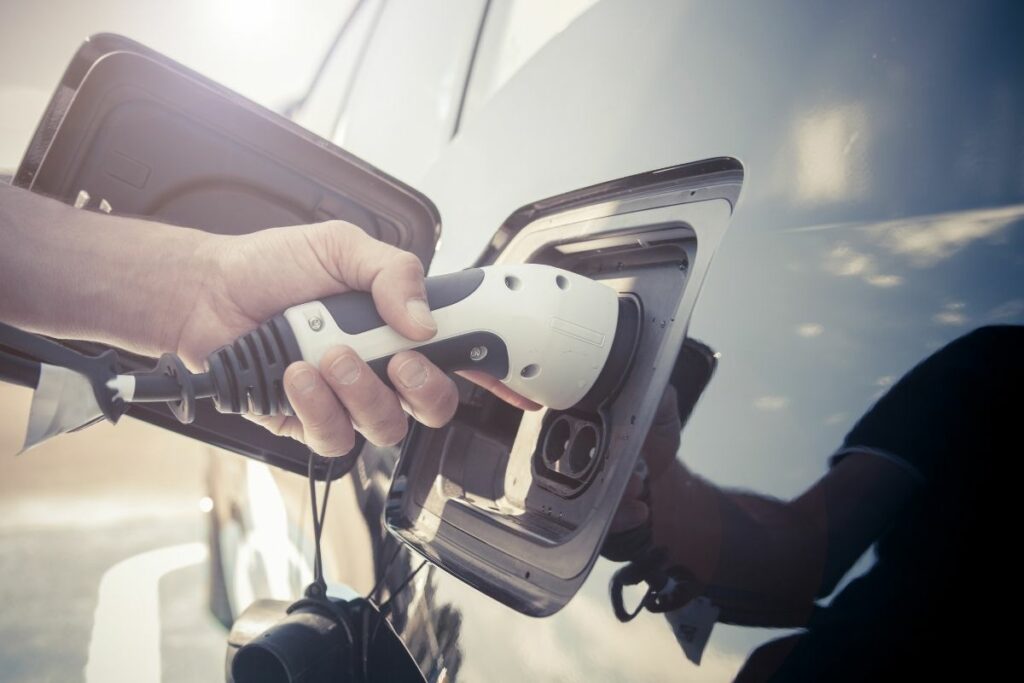
How Do You Charge A Tesla At Your House?
Of course, it is possible to charge your Tesla from your own house. There are actually two options open to you too so you can choose which one is better for you.
The first method is the Level 1 option that uses a regular house outlet to recharge your Tesla’s battery. All you have to do is plug in the mobile connector that comes with your vehicle and wait. This method does not require you to make any changes to your home or pay up for more equipment – unlike the other available method.
You also have the option to install a Tesla wall connector to your home so you can use the Level 2 charging method instead. This will require you to pay for the parts and installation process, but may be more beneficial in the long run.
What Is The Fastest Way To Charge A Tesla At Home?
The fastest way to charge your Tesla from your own home is to use a wall connected and the Level 2 charging method.
This is because Level 2 is up to 15 times faster than Level 1, so your Tesla’s battery will be full sooner using the Level 2 charging method than it would be if it used Level 1. This is because Level 1 only transmits 11.4 kW of power a time while Level 2 transmits twice that amount at the very least.
Using the Level 1 charging method will take your Tesla around 4 days to fully charge from a dead battery to full on the Model S/X 100D while the Level 2 only takes between 6 to 30 hours (this figure includes the wireless chargers available at Tesla charging stations).
So, the fastest way to charge your Tesla at home would be through using a wall connector instead of a regular outlet.
How Much Does It cost to install a Tesla charger at home?
If you want to go the route of a wall connected Tesla charger, you could end up paying an extra $2,000. This is because the purchase price is roughly around $550 and the installation fee jumps between $750 to $1,500.
Please note that these fees are subject to change and may increase or decrease at any time.
This may seem like a lot, but it allows you to charge up your Tesla overnight instead of waiting days using the mobile connector Level 1 option.
Because of how slow the Level 1 method is, a lot of Tesla users opt to install a Tesla charger at their home so they can use their Tesla through the day, then recharge it every night.
Tesla Superchargers
Tesla Superchargers are a very popular way to charge up your Teslas, but they are not ideal for everyone. They are huge charging stations that specialize in charging Teslas (and other electric cars) incredibly quickly – think of them as gas stations but for Teslas.
Find out here it is worth using a Tesla Supercharger everytime you want to drive your Tesla.
How much does a Tesla Supercharger cost?
Using a Tesla Supercharger is not free and you will have to pay up to recharge your Tesla’s battery. On average, it costs around $25 to completely recharge a Tesla battery using a Supercharger.
How fast does a Tesla charge at a Supercharger?
Superchargers are the fastest method of charging a Tesla. On average, it only takes around 30 minutes to fully recharge a Tesla’s battery – that’s insane compared to Level 1 and 2 methods of charging!
Is it cheaper to charge your Tesla at home or at Supercharger?
Although $25 doesn’t sound like a lot of money, constantly charging your Tesla at a Supercharger every night can quickly build up the overall cost.
Lots of people have tested and compared the two methods of charging a Tesla and it turns out that it is actually financially cheaper to charge your Tesla at home using a wall connector.
The price for the installation will pay for itself over time as superchargers cost more when you break down how much you are paying per mile of charge.
However, it is important to note that when using a Supercharger you are also paying for the convenience of a fast charge so unless you are in a rush, it’s more affordable to install a wall connector and charge your Tesla every night at home.
Conclusion
So as you can see, there are a lot of factors in how long it takes to charge a Tesla. While the model of the car does make a slight difference, the main difference comes from the method of charging.
The fastest way to charge your Tesla is to take it to a Superchargers as they can take under an hour to fully charge your Tesla’s battery.
However, not everyone has a Supercharger nearby so the next best option is to get your own Tesla wall connector so you can charge your Tesla at home.
This method does take longer, averaging at around 15 hours to fully charge, but it is more affordable than using Superchargers and way faster than using Level 1 methods, which can take up to 4 days.
So, use this information wisely to find the best method of charging your Tesla for you.
- Lavender Oil - February 2, 2025
- Electric Cars with Solar Panels On Roof: The Future of Sustainable Driving - January 29, 2025
- Best Cheapest Electric Car Reddit Comments - January 23, 2025

